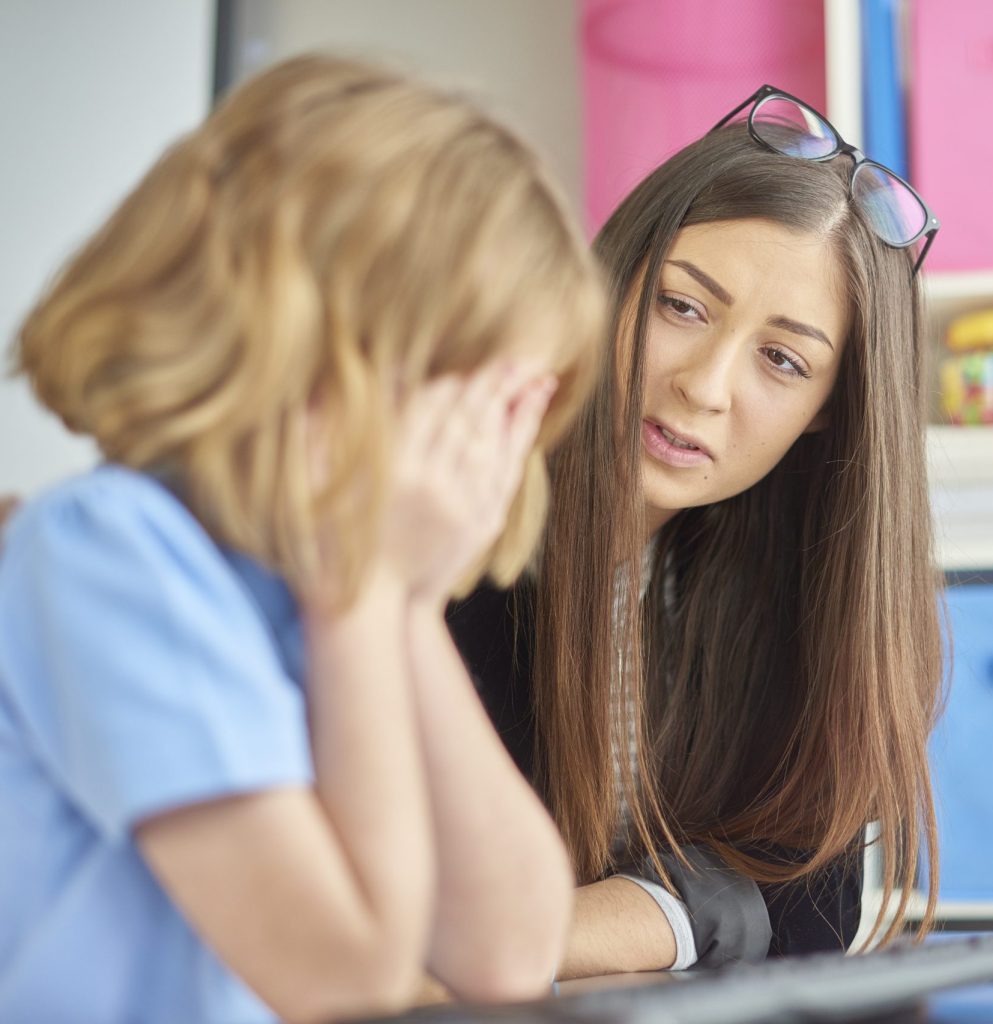In Crisis? contact the idaho Crisis & suicide hotline - Call Or Text
Or Chat At 988lifeline.org/chat/
Menu
School personnel spend more time with our children than any other professionals and are thus in a valuable position, through appropriate knowledge and action, to prevent suicide among students. IDAPA 08.02.03.160 states that “the State Board of Education rule requires that each school district adopt, and review annually, a comprehensive district-wide policy and procedure encompassing…7. Suicide Prevention…” among others. The following information is derived from best practices in school suicide prevention including, Madison Metropolitan School District guidelines; Maine Youth Suicide Prevention: Youth Suicide Prevention, Intervention & Postvention Guidelines, The Maine Youth Suicide Prevention Program, 2006; the California State Department of Education guidelines; the Florida Mental Health Institute guidelines; the Substance Abuse and Mental Health Services Administration; and the Idaho Schools and Suicide Work Group, a sub-committee of the Idaho Council on Suicide Prevention.

1. Student well-being
There are, of course, many aspects related to the well-being of students. Two of these aspects are of particular importance in preventing suicide as documented by nationally known suicide expert Dr. Thomas Joiner in his book Why People Die by Suicide. Dr. Joiner points to failed belongingness and perceived burdensomeness as the two fundamental elements involved in desire for suicide. School personnel can play a key role in increasing student feelings of belongingness and capability/effectiveness (non-burdensomeness). See School-Based Activities.
2. Gatekeepers
Gatekeeper trainings include all school personnel (including teachers, nurses, bus drivers, secretaries, volunteers, lunchroom personnel, parent representatives, and anyone who has regular contact with students) and must be completed before the student curriculum is in place. See Guidelines for School Gatekeepers.
3. Student training
Student prevention should be administered in a regular, relevant class setting, such as a health course or teen development class with a curriculum that focuses on warning signs, protective factors, available community mental health services, and a strong message of hope, with the purpose of helping students identify classmates or themselves to prevent suicide
Do not present students with curriculum until school personnel, parents, and community mental health providers are on board as gatekeepers and support is available for those presenting with suicide ideation.
Do not present student suicide prevention training within six to twelve months of a completed suicide, depending the readiness of the school community. Continue postvention activities. See School Response Guidelines for Suicide and Sudden Death.
4. screening
It is critical to follow up with students who are identified by the training or coursework as at risk.
There are, of course, many aspects related to the well-being of students. Two of these aspects are of particular importance in preventing suicide as documented by nationally known suicide expert Dr. Thomas Joiner in his book Why People Die by Suicide. Dr. Joiner points to failed belongingness and perceived burdensomeness as the two fundamental elements involved in desire for suicide. School personnel can play a key role in increasing student feelings of belongingness and capability/effectiveness (non-burdensomeness). See School-Based Activities.


Gatekeeper trainings are designed to raise awareness about suicide and suicide prevention. These prevention efforts target and benefit all citizens in a defined community, such as school, and provide basic information about suicide, the warning signs, and how to refer people to help. Gatekeeper trainings vary in length from very brief educational sessions to multiple day trainings. Programs may include classroom/lecture style information dissemination, small group discussion, use of videos with case studies, and/or participant scenario role plays. Many programs include combinations of these educational strategies. Remember that it is better to train youth separately from adults.
Gatekeeper Training Tools as well as a multitude of best practice prevention protocols are available online through www.sprc.org and www.afsp.org.

For sample curricula, contact the State Department of Education student health personnel or visit www.afsp.org, www.sprc.org, or www.samsha.gov.

Although students may be identified with suicide ideation in schools which do not have crisis plans or suicide prevention protocols in place, counselors, social workers, school nurses, and other school team members generally have been trained to deal with such crises. That said, before implementing a school curriculum for suicide prevention, gatekeepers should be trained to identify students at risk as the curriculum may enable students to identify themselves or others in need of help.
It is not advised to present screening to all students at one time as research shows that a hysterical effect may occur. Legal issues may arise as well unless parents/guardians have consented to such screenings, and any identified students will have access to affordable, appropriate mental health care.
Be sure that parents/guardians are informed if students do present suicide ideation and take immediate steps to protect these students from self-harm.
If you are interested in volunteering with us on a regular basis, please fill out the form. You may also join us at our monthly community meetings which are held the first Thursday of each month. See our events page for more information.
Support Community Suicide Prevention Through A Donation
Click here to see how Get Found First can help your business